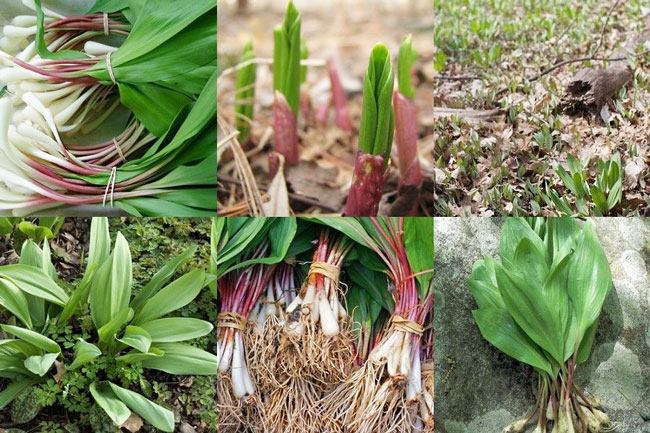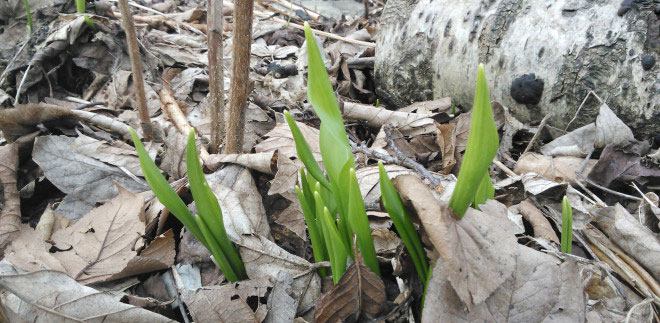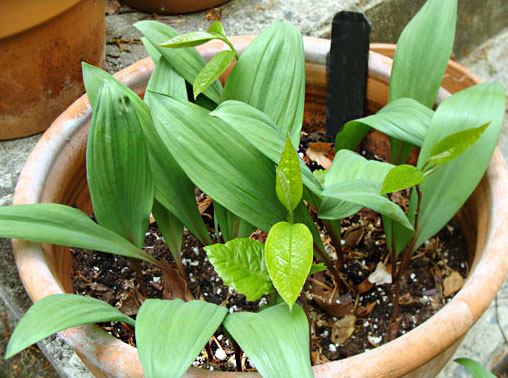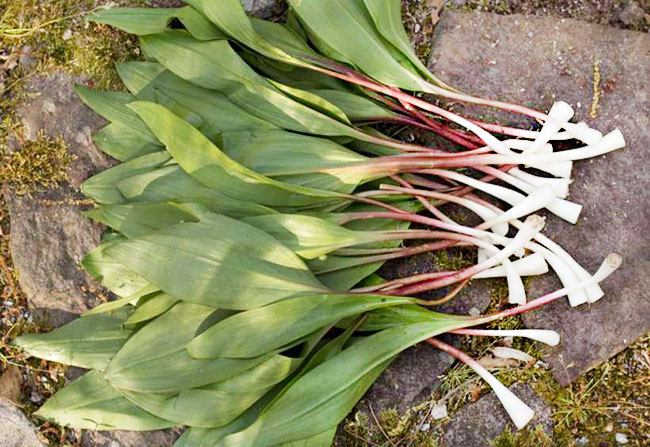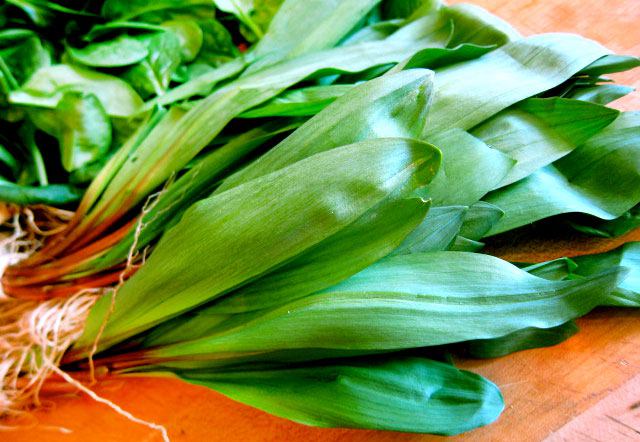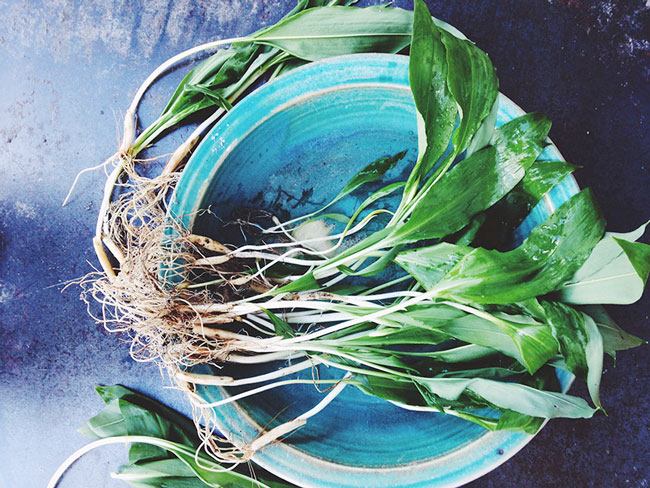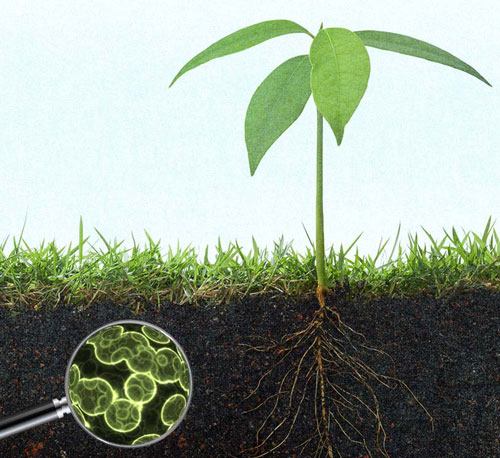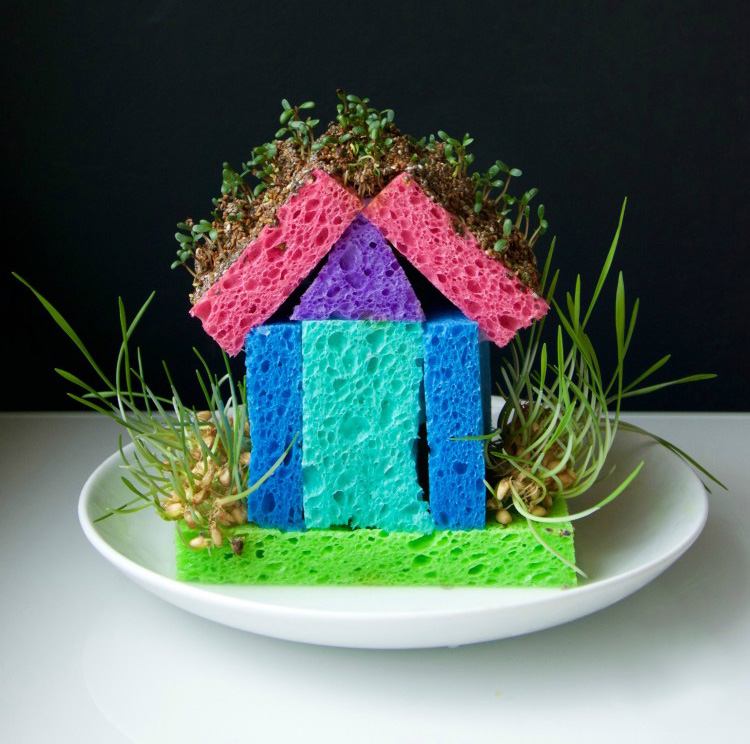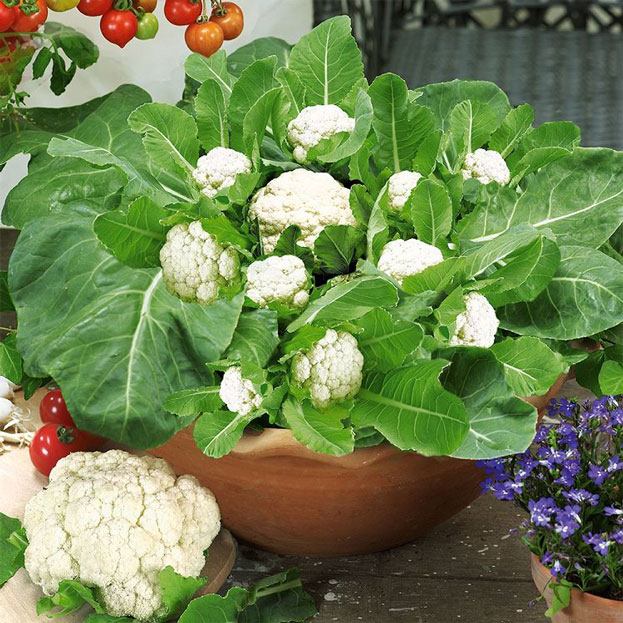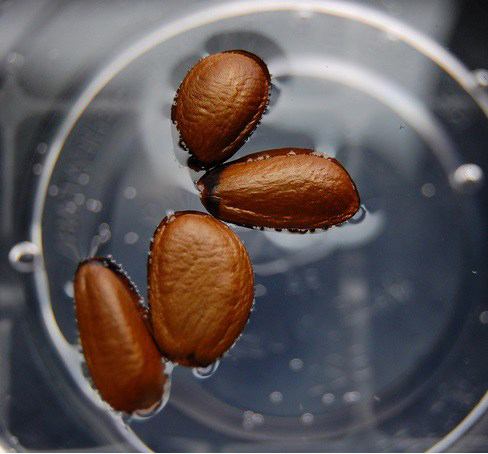Now is the perfect time to start preparing to grow wild garlic at home. Growing wild garlic in a pot is not as easy as cultivating certain varieties of garlic. The native habitat of the “lily-of-the-valley with a garlic aroma” is considered to be the North American mountain slopes, shady and moist forest floors of deciduous forests. Wild garlic appears as one of the first plants in spring, covering entire carpets of garlic-scented greenery.
Cultivating wild garlic started relatively recently. Due to increased demand in Western restaurants, wild garlic collection in forests began threatening the species. It is now being studied at universities, with agrobiologists developing practical methods of growing wild garlic under controlled conditions. Since I can’t gather it in the wild, I will try to grow some wild garlic at home during the next season.
The Growth Cycle of Wild Garlic in Nature
Wild garlic grows under the canopies of beech, birch, maple, poplar, oak, and linden forests. The plant enjoys the company of nettle, cinquefoil, and ginseng.
Seeds germinate in March and early April in cool, shaded areas with high humidity, decayed leaves, and soil rich in organic matter. As temperatures rise, wild garlic loses its leaves; by June, it sends up a stem with a flower. Seeds ripen by September. Unfortunately, it’s impossible to recreate such conditions on a windowsill garden.
How to Grow Wild Garlic at Home
Growing wild garlic in a garden is challenging yet feasible, but attempting this feat in a pot on a windowsill is a true test. Wild garlic needs a shaded spot, like under fruit trees in a garden. But how can similar conditions be created indoors?
Growing wild garlic from bulbs is much easier than from seeds, but I have no idea where to find these bulbs. Taking no easy paths, I’ll grow wild garlic from seeds.
Seed Stratification for Wild Garlic
Wild garlic seeds require mandatory stratification at temperatures of 0° to +3°C for no less than three months. The seeds should be no older than last year’s, as they spoil very quickly. Since the seeds need to sit for an extended period, stratify them in moist sand. A glazed balcony, where the temperature doesn’t drop below zero, might also work.
Soil Preparation
Ideal soil would be forest soil with decayed leaves. Garden soil from under pear or apple trees will also work. The key requirement is an abundance of humus and organic matter; the soil must breathe and retain moisture effectively. If forest soil isn’t an option, enrich store-bought soil with organic fertilizer or compost. Prepare fallen leaves for mulching, or use any organic mulch like bark, coarse sawdust, or wood chips. Avoid coniferous materials; stick to deciduous or fruit tree-derived mulch.
Sowing Wild Garlic
After stratification, sow the seeds preferably into containers or large, deep pots. In the first year, the goal is to grow bulbs for the next season. The soil should be moist. Fill the container two-thirds full, evenly distribute seeds at ten-centimeter intervals, cover with a thin layer of soil, and mist with a sprayer. Mulch the surface and cover with film, leaving holes for air circulation. Place in a dark, cool location. After a couple of weeks, transfer to a warmer spot, but still out of direct sunlight. Once sprouts appear, move the containers with wild garlic to the windowsill, away from direct sunlight.
By the second growing season, the bulb roots will descend up to 20 cm, so take this into account when selecting a container for planting wild garlic.
Watering
Wild garlic requires consistently moist soil. For moisture-loving plants like this, I prefer to use a spray bottle throughout the day, ensuring the surface doesn’t dry out but also avoiding over-watering.
Harvesting
During the first season, wild garlic will act as a decorative plant; the greens can only be harvested the following year—some even suggest waiting two years before gathering any harvest.
When harvesting, try to cut only one leaf per plant to ensure the wild garlic bulb continues receiving nutrients and grows stronger. Since wild garlic is a perennial plant, the bulb’s health determines the yield for the next season.
Overwintering
As soon as wild garlic finishes blooming (this doesn’t always happen in the first year), and all the leaves die back, you can wrap the container in perforated film and place it in a dark, cool place. The container with wild garlic bulbs should not freeze, and the soil should not dry out.
Propagation
After 2-3 years, wild garlic bulbs can be dug up and divided into clumping plants. If flowering indoors is successful, you can collect your own seeds for further propagation.
